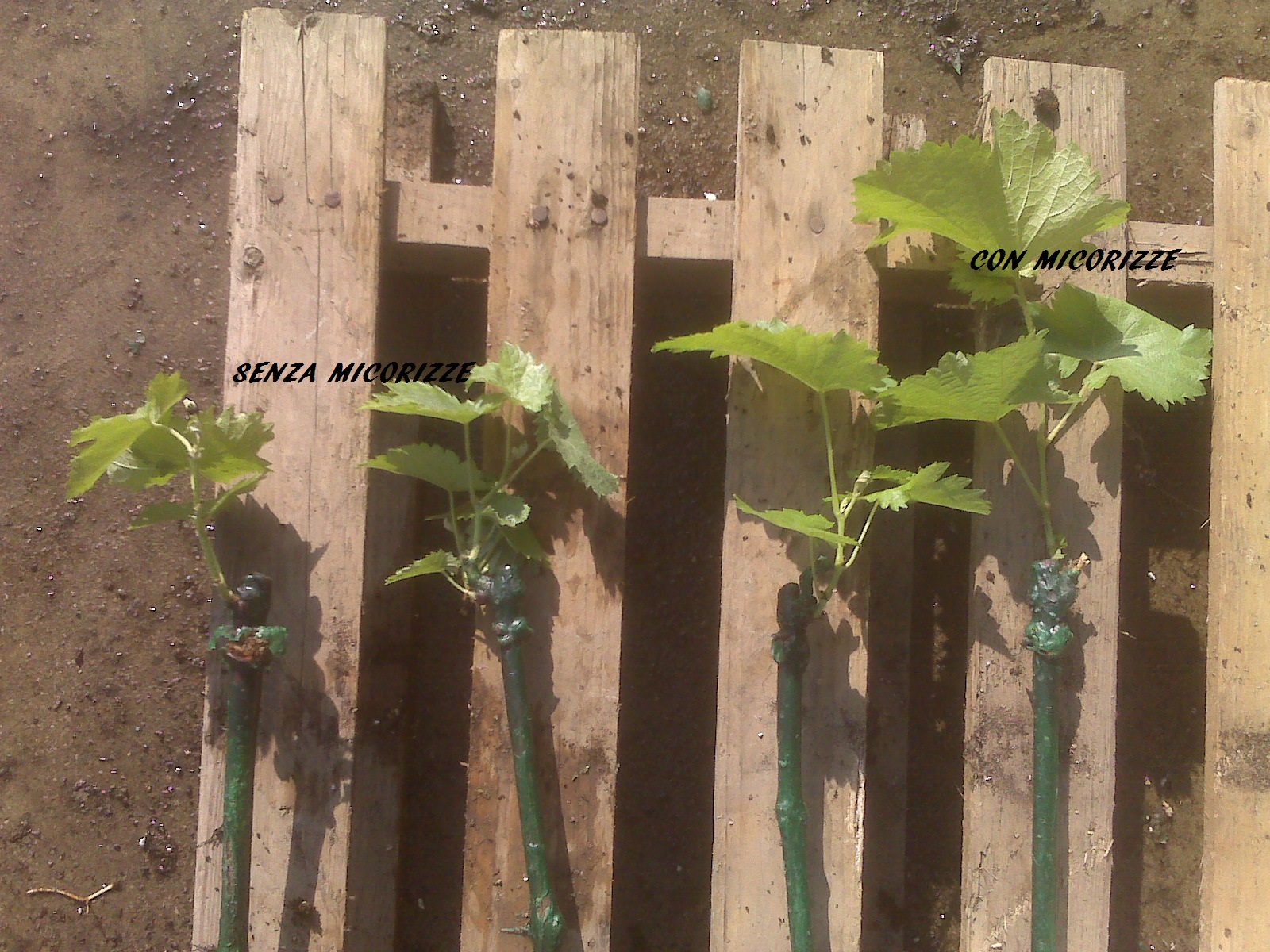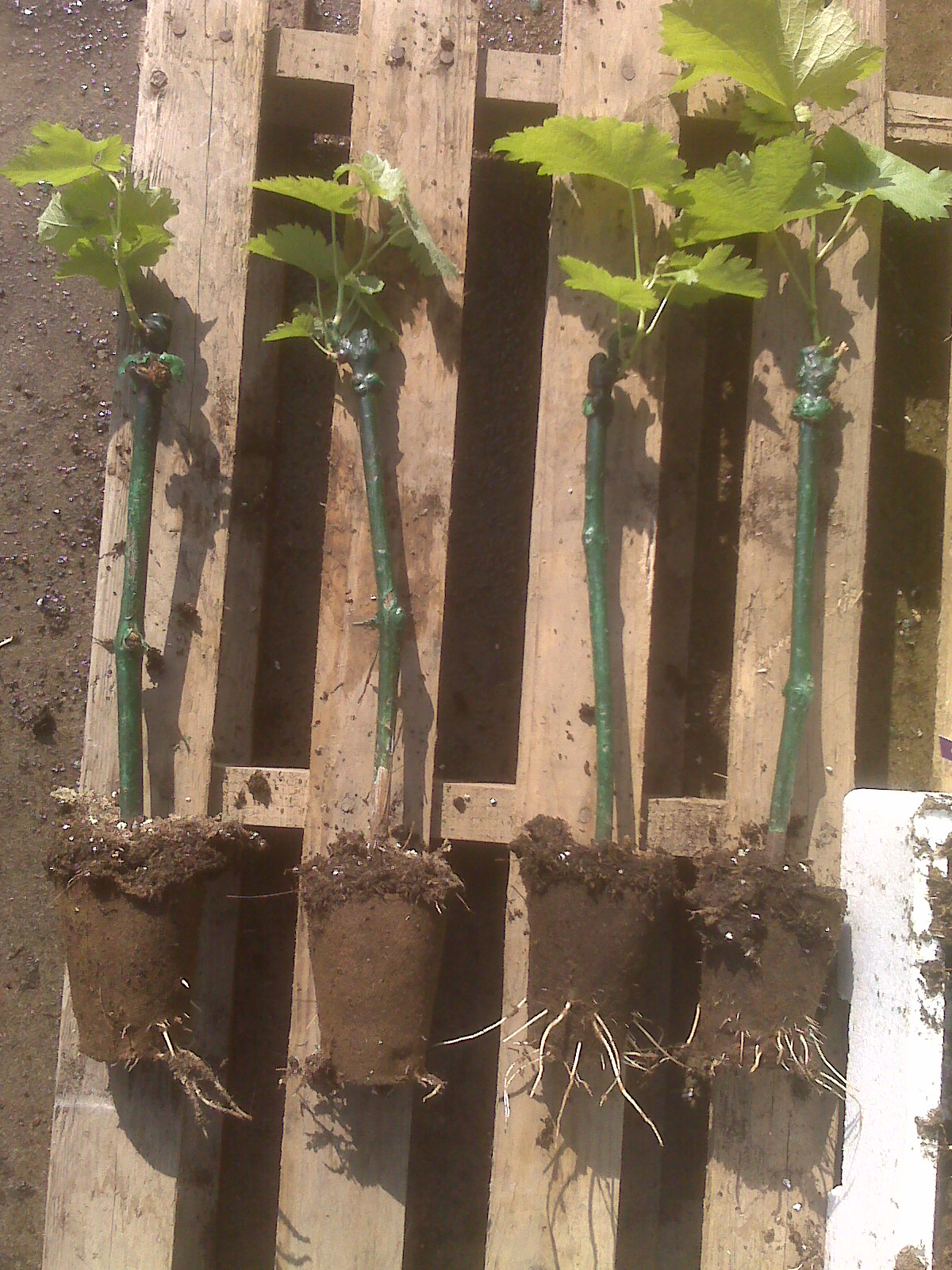A mycorrhiza is a special type of symbiotic association between a fungus and a higher plant, localised within the root system of the plant symbiont, and which extends, by means of the hyphae or more complex structures such as rhizomorphs, to the rhizosphere and the surrounding soil.
The soil hides an extraordinary number of microscopic life forms, over 3000 Kg/ha in agricultural soil. Maintaining and stimulating them is critical, given that most of them (over 90%) are essential for the survival of plants.
Mycorrhizal fungi are among the best allies of plants. These fungi live by binding to the roots of most agricultural species (about 90%) to form a mutual symbiosis called “mycorrhiza”.
The fungus colonizes the roots of the plant, providing it with water and nutrients, absorbed by it from the soil through its external network of hyphae, while the plant provides the fungus with organic matter (sugars, proteins, vitamins).
The plants that host, in their roots, symbiotic fungi show not only improved growth, due to improved mineral absorption operated by fungal hyphae that extend from the root to the ground, but also a higher tolerance to stress, thus ensuring a more viable and balanced development with respect to non-mycorrhizal plants.
 ITALIANO
ITALIANO
 ENGLISH
ENGLISH



